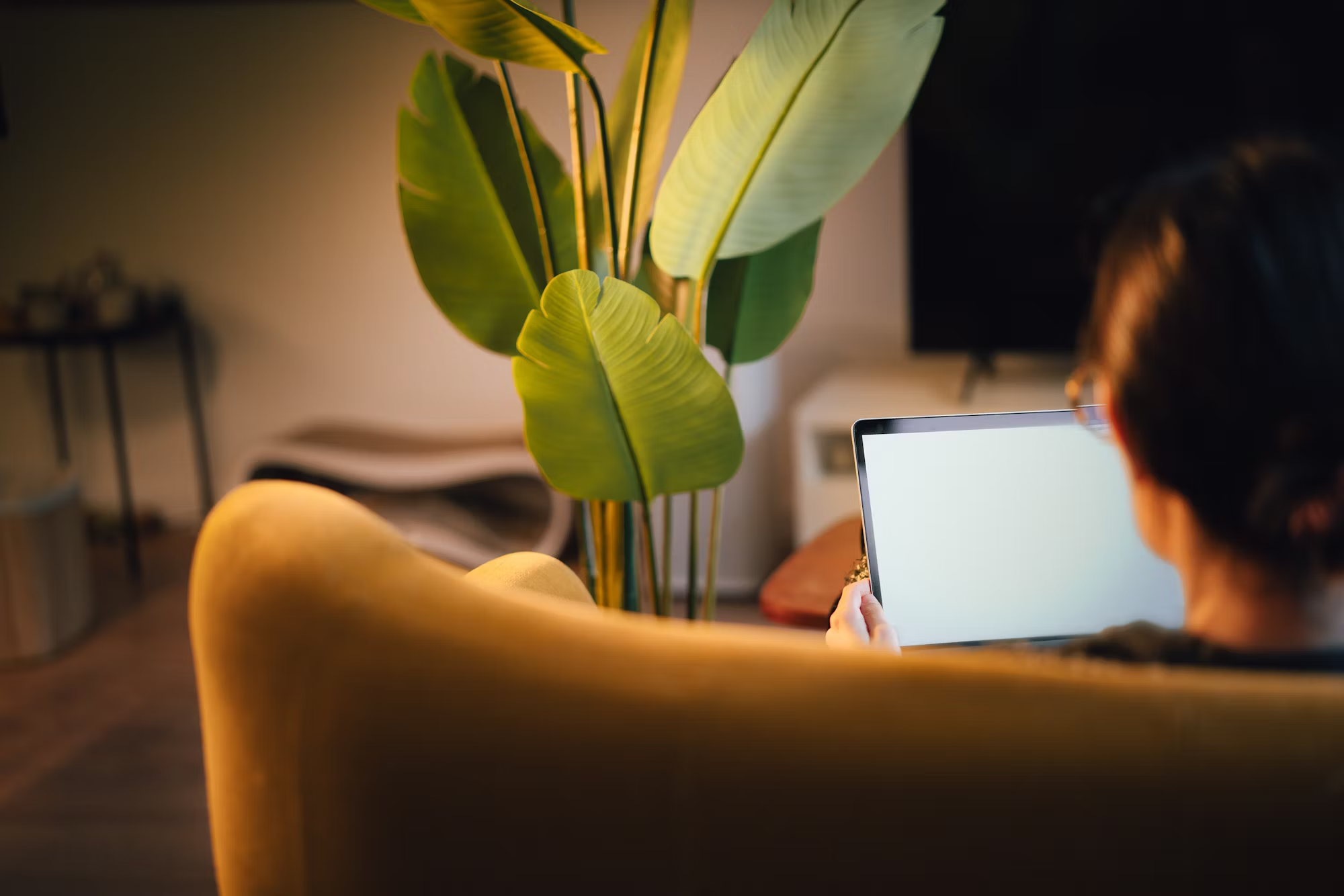Creativity is an essential skill in today’s rapidly changing world. As we navigate through an era defined by innovation and technological advancements, the ability to think creatively has become increasingly vital. In education, fostering creativity not only enhances learning experiences but also equips students with the skills they need to solve complex problems and adapt to new situations. To create a classroom environment that nurtures creativity, educators must implement strategies that encourage exploration, experimentation, and critical thinking. One effective approach is to integrate project-based learning (PBL) into the curriculum. PBL allows students to engage in hands-on projects that require them to investigate real-world problems and come up with innovative solutions. By working on projects that interest them, students become more invested in their learning, allowing their creativity to flourish. This method not only promotes creativity but also enhances collaboration and communication skills as students often work in groups to tackle challenges. Another technique to foster creativity is to encourage open-ended questions and discussions. Instead of presenting information as absolute facts, educators can pose questions that challenge students to think critically and explore multiple perspectives. For instance, asking, “What if…?” or “How might we…?” prompts students to brainstorm possibilities and consider alternative solutions. Such discussions create a dynamic classroom atmosphere where students feel comfortable sharing their ideas and experimenting with different viewpoints. Additionally, incorporating the arts into the curriculum can significantly enhance creativity. Art, music, drama, and dance provide students with avenues to express themselves in diverse ways. Integrating creative arts into subjects like math or science can help students see connections between disciplines and apply their creativity in various contexts. For example, students might create a visual representation of a scientific concept or compose a song to remember historical events. These interdisciplinary projects not only stimulate creativity but also make learning more engaging and relatable. Providing students with the autonomy to explore their interests can also play a crucial role in fostering creativity. Allowing students to choose topics for research projects or to develop their own creative assignments encourages them to take ownership of their learning. This sense of autonomy enhances intrinsic motivation, leading students to invest more time and effort into their work. Furthermore, incorporating technology into the classroom can open up new avenues for creative expression. Digital tools such as graphic design software, coding platforms, and multimedia presentation applications allow students to experiment with their ideas and present their work in innovative ways. For instance, students can create digital stories, design websites, or produce videos that showcase their understanding of a subject. Embracing technology not only enhances creativity but also prepares students for the digital landscape they will encounter in the future. Creating a safe and supportive environment is essential for fostering creativity in the classroom. Students must feel comfortable taking risks and making mistakes without the fear of judgment. Educators can promote a growth mindset by emphasizing the value of effort and perseverance. Celebrating failures as learning opportunities helps students understand that creativity often involves trial and error, and that each attempt contributes to their development. Additionally, teachers can encourage peer feedback and collaboration, allowing students to learn from one another and refine their ideas in a constructive manner. Another vital aspect of fostering creativity is providing time for unstructured play and exploration. Allowing students to engage in free play or creative downtime encourages them to think outside the box and discover new interests. Whether through imaginative play, open-ended art projects, or simply exploring nature, these experiences can spark inspiration and enhance creative thinking. As educators focus on cultivating creativity in the classroom, it is essential to assess students’ creative abilities in meaningful ways. Traditional testing methods often fail to capture the nuances of creative thinking. Instead, educators can utilize performance assessments, portfolios, and reflective journals to gauge students’ creativity and growth over time. By providing opportunities for students to showcase their creative work, teachers can celebrate their achievements and encourage further exploration. In conclusion, fostering creativity in the classroom is crucial for preparing students for a dynamic future. By implementing strategies such as project-based learning, encouraging open-ended discussions, integrating the arts, and utilizing technology, educators can create an environment where creativity thrives. Supporting students’ autonomy, promoting a growth mindset, and allowing time for exploration further enhance this creative atmosphere. As we embrace the importance of creativity in education, we empower students to become innovative thinkers and problem solvers, ready to tackle the challenges of tomorrow.
Fostering Creativity in the Classroom: Techniques and Benefits

Categories:
Related Post

Embracing Diversity in Higher EducationEmbracing Diversity in Higher Education
This article explores the importance of diversity in higher education, its benefits for students and

Cultivating Creativity: The Importance of Arts Education in SchoolsCultivating Creativity: The Importance of Arts Education in Schools
This article discusses the significance of arts education in schools, exploring its benefits for stu

Cultivating Critical Thinking Skills in EducationCultivating Critical Thinking Skills in Education
This article examines the significance of critical thinking in education, exploring effective strate